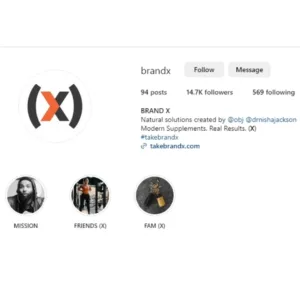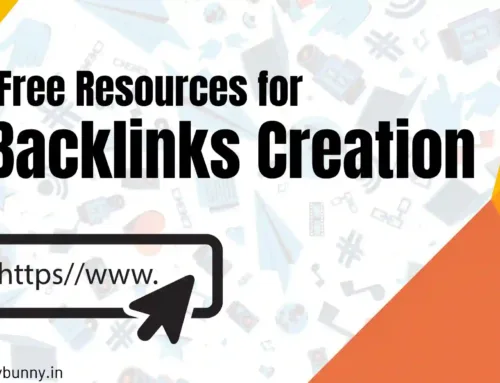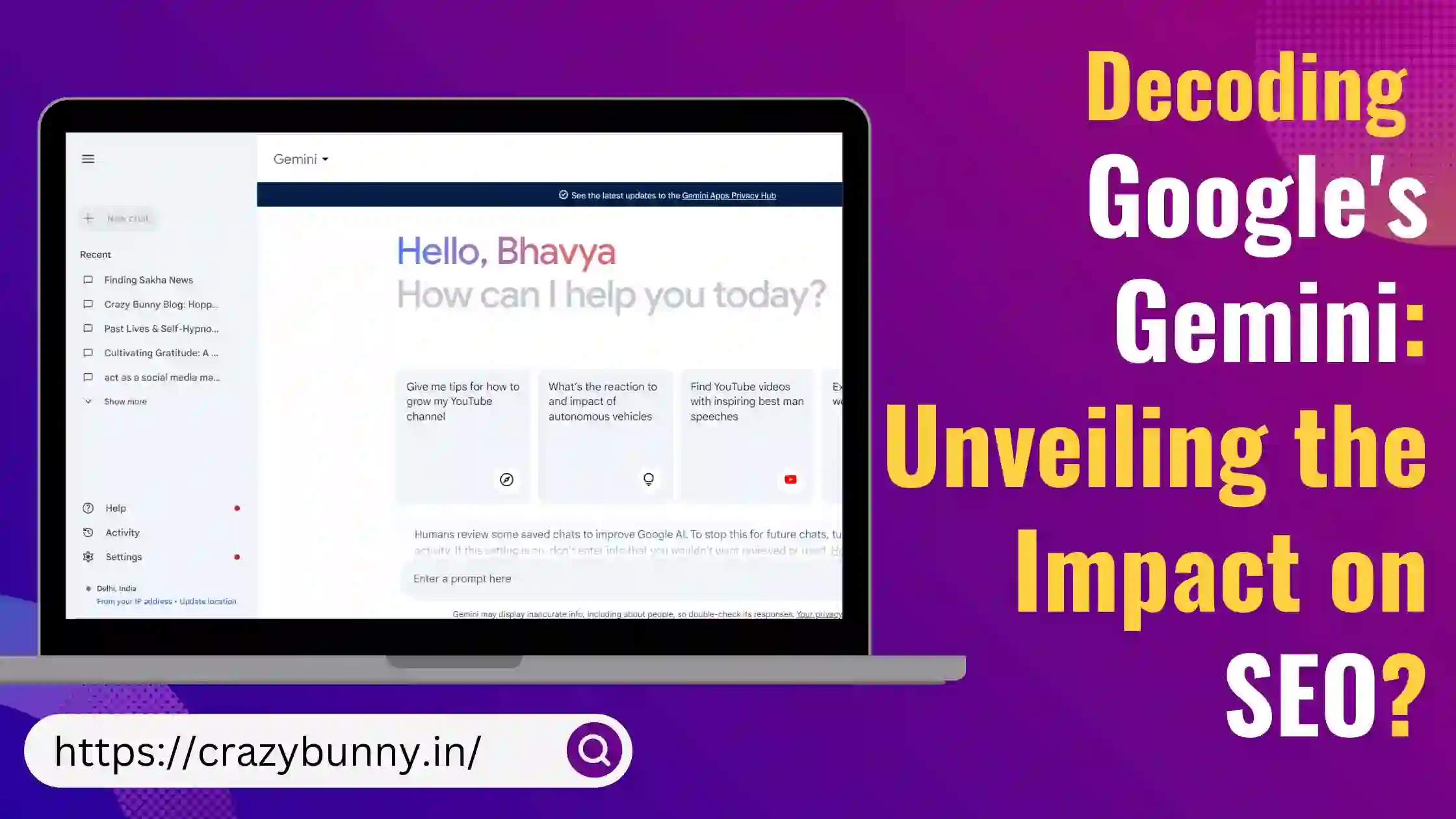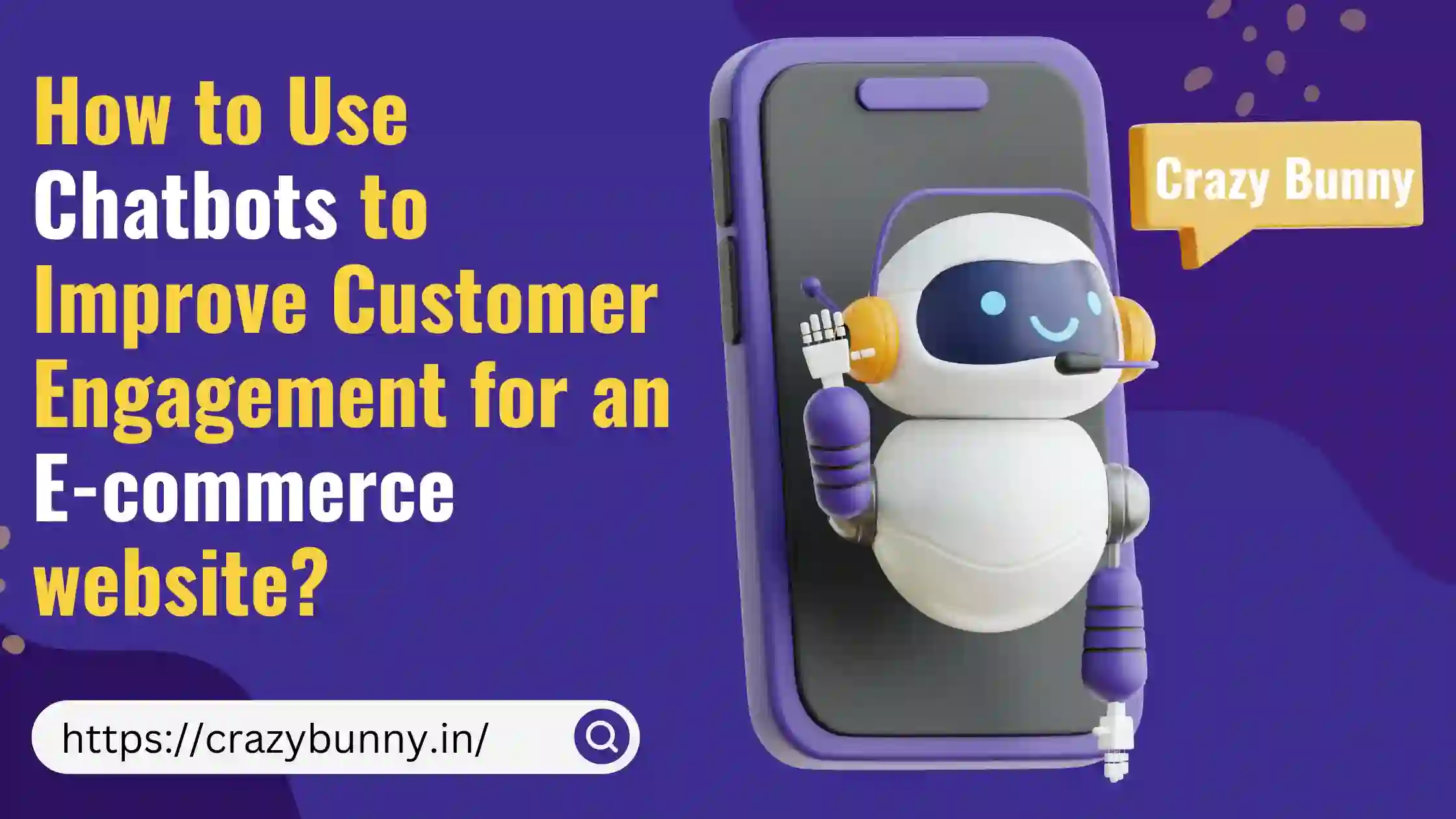Influencer Marketing
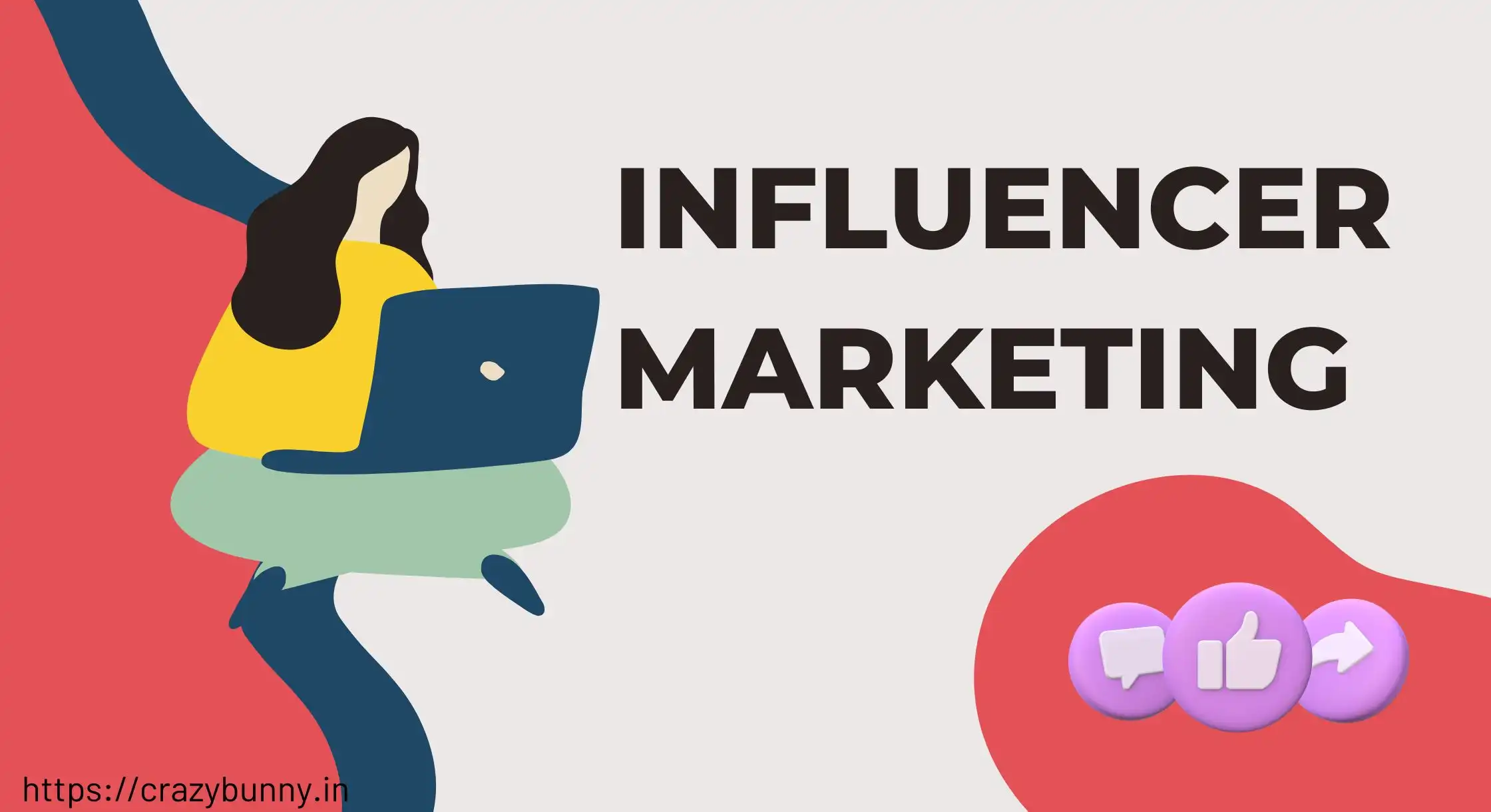
Introduction
In today’s digital age, influencer marketing has emerged as a powerful tool for businesses to enhance their brand’s visibility and reach. By harnessing the influence of individuals with a significant online following, companies can effectively promote their products or services to a targeted audience. In this article, we will delve into the world of influencer marketing, exploring various strategies, tools, and real-life examples that can help you embark on a successful influencer marketing campaign.
Tools for Successful Influencer Marketing
To maximize the effectiveness of your influencer marketing efforts, utilizing the right tools can make a world of difference. These tools will not only assist in identifying suitable influencers but also provide valuable insights and metrics to measure the success of your campaigns. Here are a few essential tools you should consider:
1. Influencer Discovery Platforms
Influencer discovery platforms like SocialBook, Upfluence, or NeoReach can streamline your search for influential individuals in your niche. These platforms help you identify potential influencers based on factors such as audience demographics, engagement rates, and the type of content they produce. By leveraging such tools, you can narrow down your selection process and find influencers who align perfectly with your brand’s values and target audience.
2. Performance Analytics Tools
It is crucial to measure the impact of your influencer marketing campaigns. Tools like Impact Analytics, HypeAuditor, or Socialbakers provide comprehensive performance analytics, including engagement rates, audience demographics, and audience sentiment analysis. These insights can enable you to fine-tune your strategies and optimize future collaborations.
3. Influencer Relationship Management Tools
Maintaining strong relationships with influencers is vital for sustainable influencer marketing success. Relationship management tools such as Tagger, AspireIQ, or Grin help streamline communication, track campaign progress, and facilitate seamless collaboration with your influencers. These tools allow you to efficiently manage timelines, deliverables, and compensation, ensuring both parties are satisfied with the partnership.
Crafting a Winning Influencer Marketing Strategy
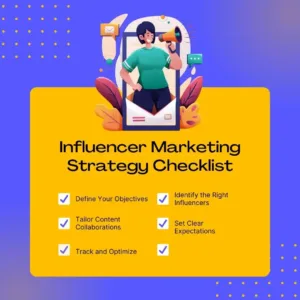
A well-defined strategy can be the difference between a successful influencer marketing campaign and one that falls flat. Here are some key elements to consider when formulating your strategy:
1. Define Your Objectives
Before diving into any influencer collaborations, outline clear objectives that align with your overall marketing goals. Are you aiming for increased brand awareness, enhanced product visibility, or driving conversions? Defining your objectives from the outset will guide your decision-making process and help you select influencers that can deliver the desired results.
2. Identify the Right Influencers
Finding the right influencers for your brand is crucial. Look beyond follower count and evaluate factors such as audience relevance, engagement rates, and authenticity. A micro-influencer with a small but highly engaged following could be more impactful than a mega-influencer with millions of followers but low engagement. Focus on finding influencers whose values resonate with your brand’s identity and target audience.
3. Tailor Content Collaborations
To ensure your influencer marketing efforts are genuine and effective, it is essential to collaborate with influencers who can create authentic and engaging content that resonates with their audience. Encourage influencers to infuse their unique voice and personal experience into their content. This approach will make the promotional material feel more natural and less like a scripted advertisement.
4. Set Clear Expectations
Communication is key to successful influencer partnerships. Clearly outline your expectations regarding content format, posting frequency, and messaging guidelines. However, it is important to strike a balance between providing direction and allowing influencers to retain their creative freedom. Foster open and transparent communication to avoid misunderstandings and ensure the smooth execution of your campaigns.
5. Track and Optimize
Throughout your influencer marketing campaign, closely monitor key performance indicators (KPIs) to assess the impact and return on investment (ROI). Analyze engagement metrics, website traffic, conversions, and sentiment analysis to evaluate the effectiveness of your collaborations. Based on these insights, tweak your strategy as needed to continuously improve and optimize your future influencer partnerships.
Real-Life Example: Successful Influencer Campaign
One standout example of a highly successful influencer marketing campaign is “BrandX’s Skincare Journey.” BrandX, a renowned skincare brand, partnered with popular beauty influencer, @BeautyGuru, to promote their latest line of skincare products.
BeautyGuru
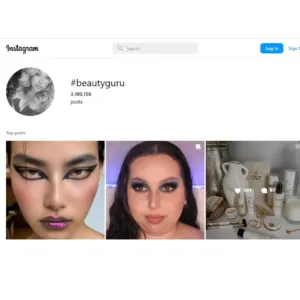
The campaign was a resounding success, resulting in a significant increase in brand awareness, engagement, and product sales. By leveraging @BeautyGuru’s expertise and loyal following, BrandX effectively reached their target audience, positioning themselves as a trusted authority in the skincare industry.
BrandX
Conclusion
Influencer marketing has undoubtedly become a staple in the digital marketing landscape. With the right tools, a well-crafted strategy, and meaningful collaborations, businesses can tap into the power of influential individuals to drive brand awareness and achieve their marketing objectives. By leveraging the insights and examples shared in this article, you can kickstart your own impactful influencer marketing campaigns and establish a strong online presence in this ever-evolving digital realm.

